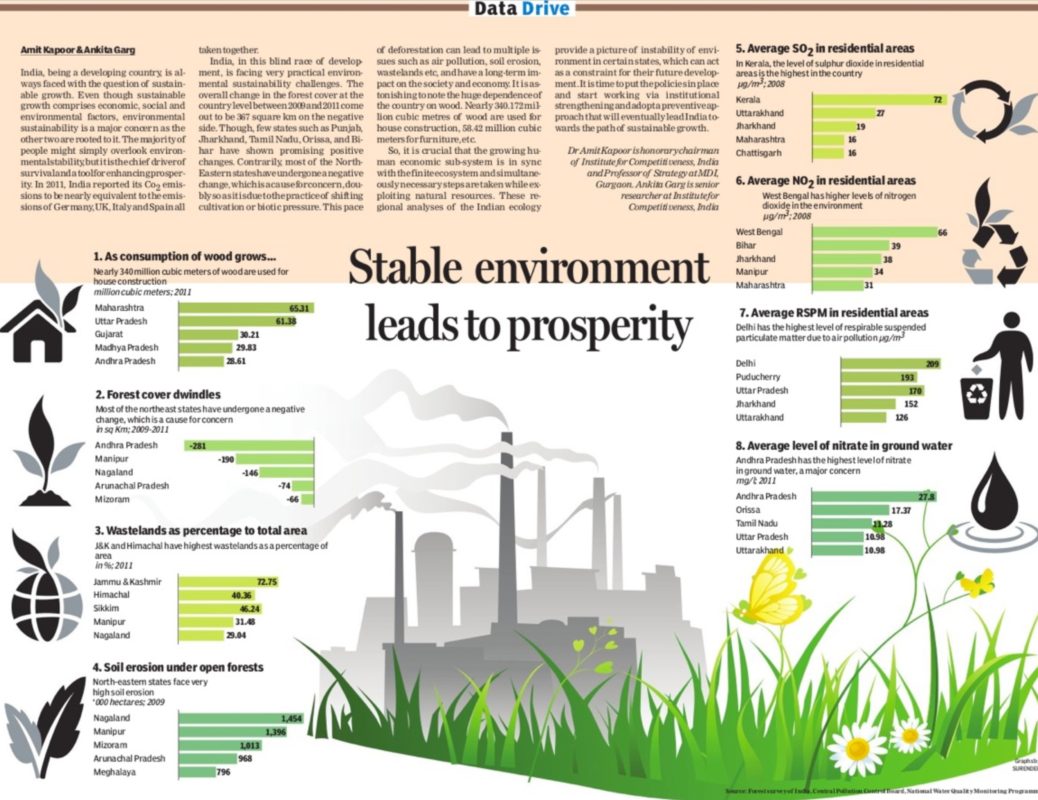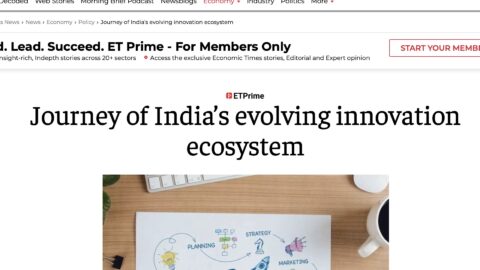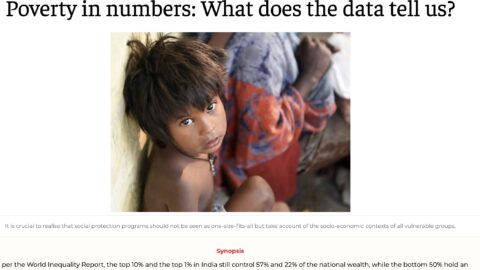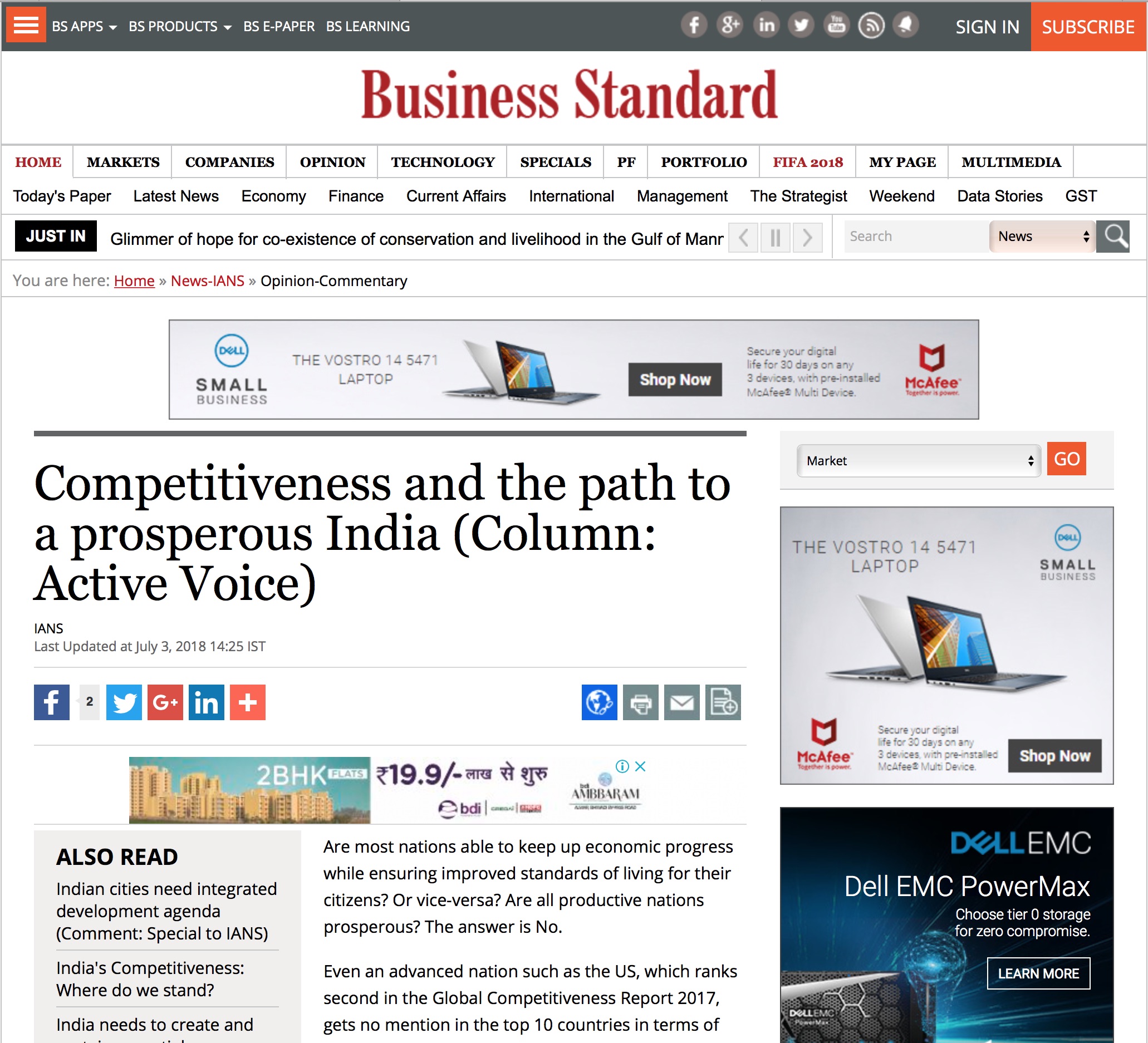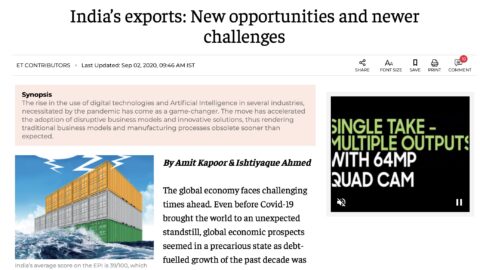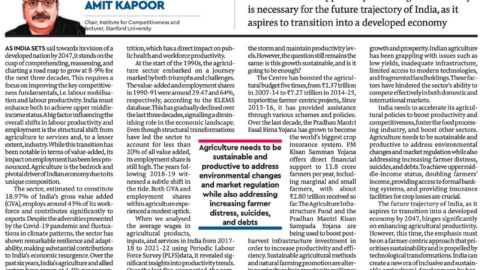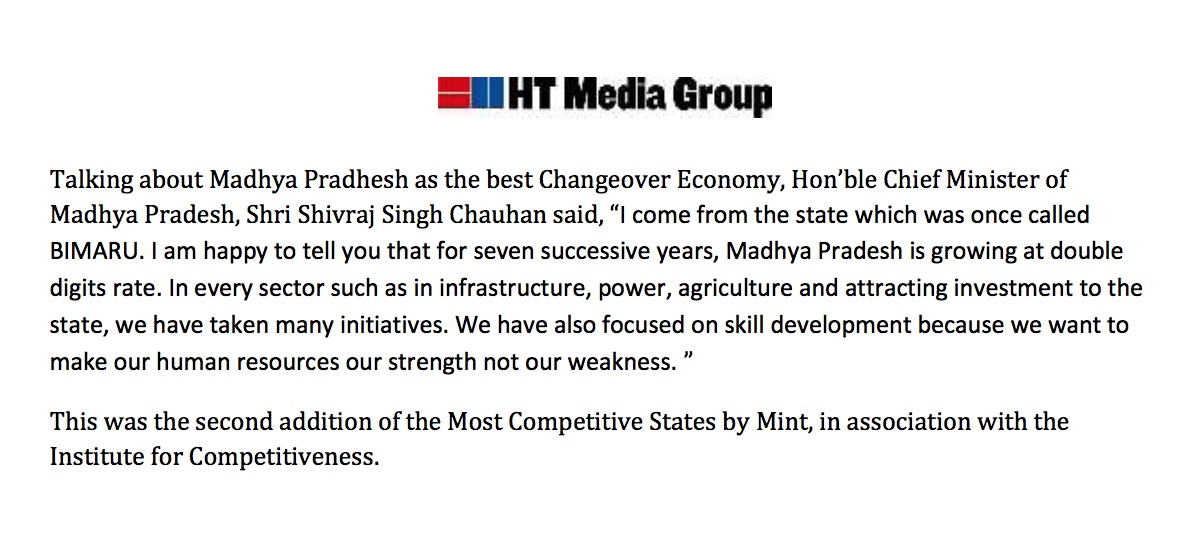India being a developing country is always encircled by the question of sustainable growth. Even though the sustainable growth comprises of economic, social and environmental factors wherein the environmental sustainability is a major concern as the other two are rooted on it. Majority of the people might simply overlook environmental stability but it is the chief driver of survival and a tool for enhancing prosperity. In 2011, India reported its Co2 emissions to be nearly equivalent to the emissions of Germany, United Kingdom, Italy and Spain all taken together. This piece takes into consideration the environment stability of the Indian states by understanding their basic ecology including forest cover, air, water, soil etc.
India in this blind race of development is facing very practical environmental sustainability challenges. To exemplify, the overall change in the forest cover at the country level between 2009 and 2011 come out to be 367 km sq. at the negative side. Though few states such as Punjab, Jharkhand, Tamil Nadu, Orissa, and Bihar etc. have shown promising positive change. Contrarily, most of the Northeast states have undergone a negative change, which is a cause of concern and even more when it is due to the practice of shifting cultivation or biotic pressure.
This pace of deforestation can lead to multiple other issues like air pollution, soil erosion, wastelands etc. and have a long-term impact on the society and economy. It is astonishing to note the huge dependence of the country on wood. Nearly 340.172 million cubic meters wood is used for house construction, 58.42 million cubic meters for furniture and 21.588 million cubic meters for agricultural implements. So it is crucial that the growing human economic subsystem is in sync with the finite ecosystem and simultaneously necessary steps are taken while exploiting the natural resources. These regional analyses of the Indian ecology provide a picture of instability of environment in certain states, which can act as a constraint for their future development. Therefore it is the time to put the policies in place and start working via institutional strengthening and adopting a preventive approach that will eventually lead India towards the path of sustainable growth.
Article published with The Financial Express on December 1, 2012.

